Tokyo Art Scene: Journey to the Earth
Plants, Peacocks and Parasites
Acquaint yourself with our earth through art. We introduce three exhibitions in Tokyo for you to visit during your free time.
The growing urgency of global warming should encourage us to learn more about our earth; to view nature not as a resource but as a teacher, and to reframe our relationship as both givers and takers and coexisting beings. Perhaps learning to appreciate the world around us can be a way to relearn our relationship with mother earth.
We introduce three exhibitions in Tokyo that utilize art as a medium to interact with the earth and its offerings. Visit Sompo Museum of Art to learn about botany or drop by solo exhibitions of these contemporary Japanese artists to see how they form relationships with animals and nature.
“The Royal Botanic Gardens, Kew: Botanical Arts and the Development of Delicious Food”
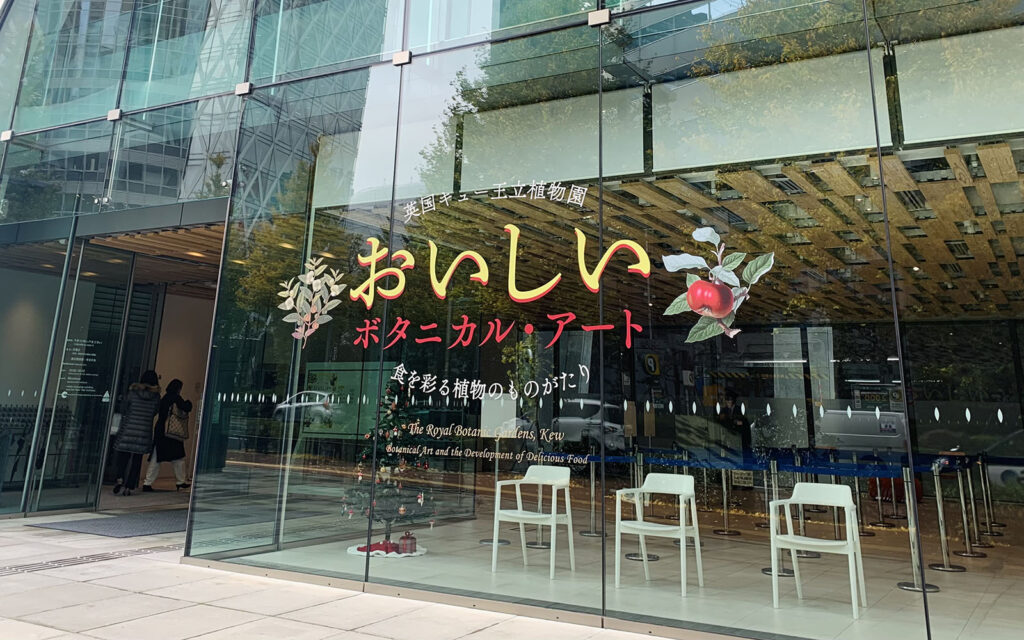 © Photo by Nadila
© Photo by NadilaSompo Museum honors the long history of botany and agriculture by combining art and the science of plants in their special exhibition on botanical art. Visitors can admire the art form while familiarizing themselves with plant biodiversity and the food we eat daily.
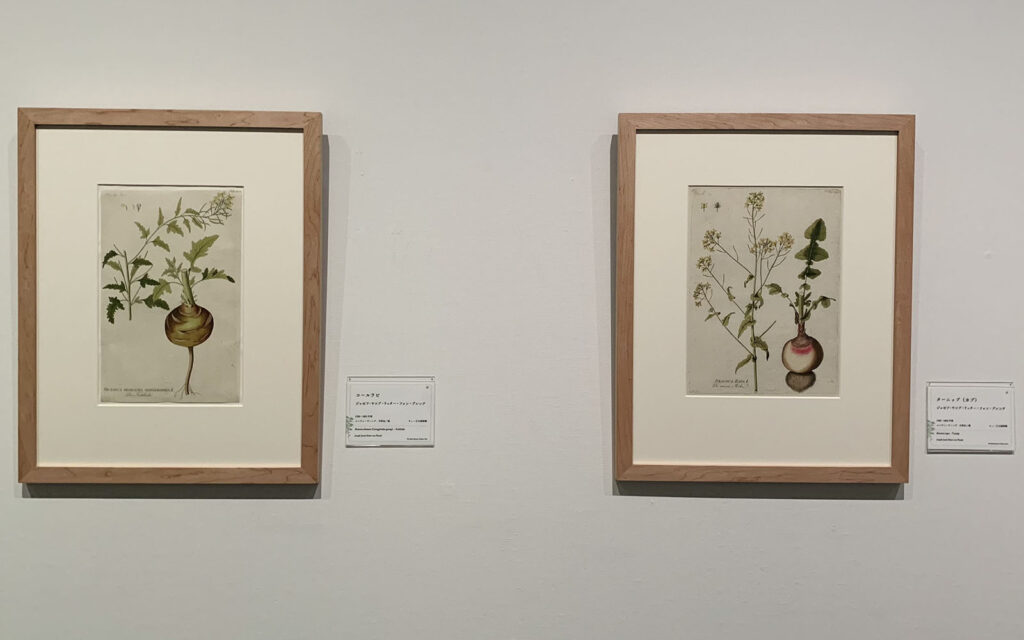 © Photo by Nadila
© Photo by NadilaCollaborating with Britain’s Royal Botanical Gardens, the exhibit comprises many botanical illustrations from 19th-century England. As an art form that prioritizes the depiction of vegetables, herbs and flowers in a scientifically accurate way, realism and attention to detail become an important component of botanical art.
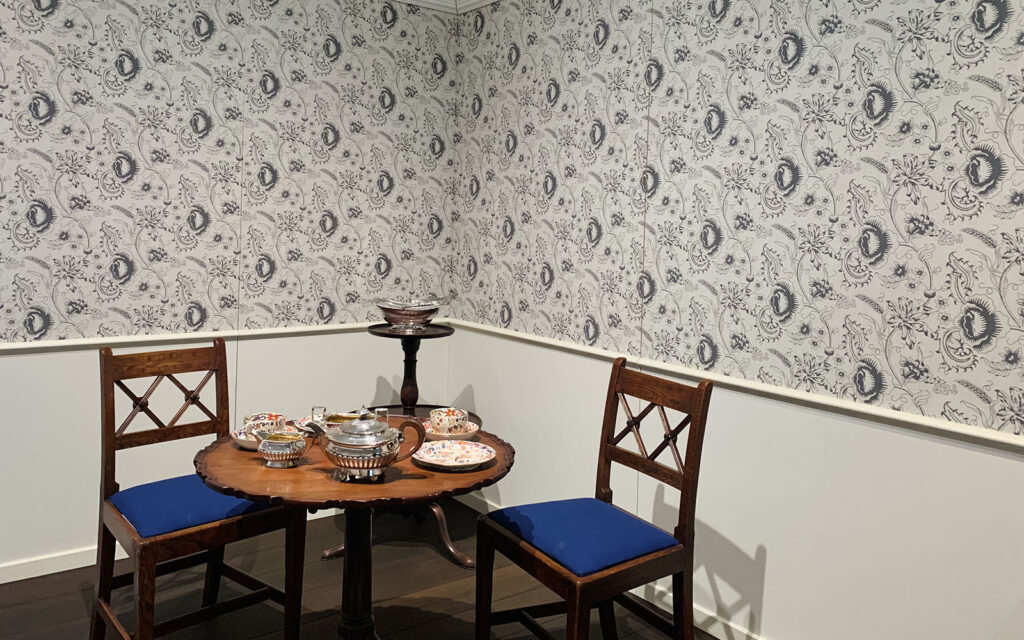 © Photo by Nadila
© Photo by NadilaBritain’s history of trade and international relations is a topic of exploration as well. Segments of the exhibit walk visitors through stories of early trade and the rise to the popularity of some of Britain’s favorite snacks and beverages such as tea from China, sugar from India and coffee from Turkey. The exhibition’s segment on antique utensils and ceramics highlights the influence of East Asian design and its relationship with Britain’s upper-class tea customs.
Sompo Museum’s botanical art exhibition reminds us of not only rich biodiversity but also the indispensable role of cuisine in forming Britain’s intercultural relationships.
- Date
- Now through Jan. 15 2023, closed on Dec. 29 - Jan. 4
- Time
- Daily except Mon. from 10 A.M. to 6 P.M.
- Location
- Sompo Museum of Art, 1-26-1 Nishi-shinjuku, Shinjuku-ku, Tokyo - Map
- Fee
- ¥1,600 (Adults), ¥1,100 (University students), Free (High school students and below)
- Info
- 5-minute walk from Shinjuku Station
“Noguchi Rika: Small Miracles”
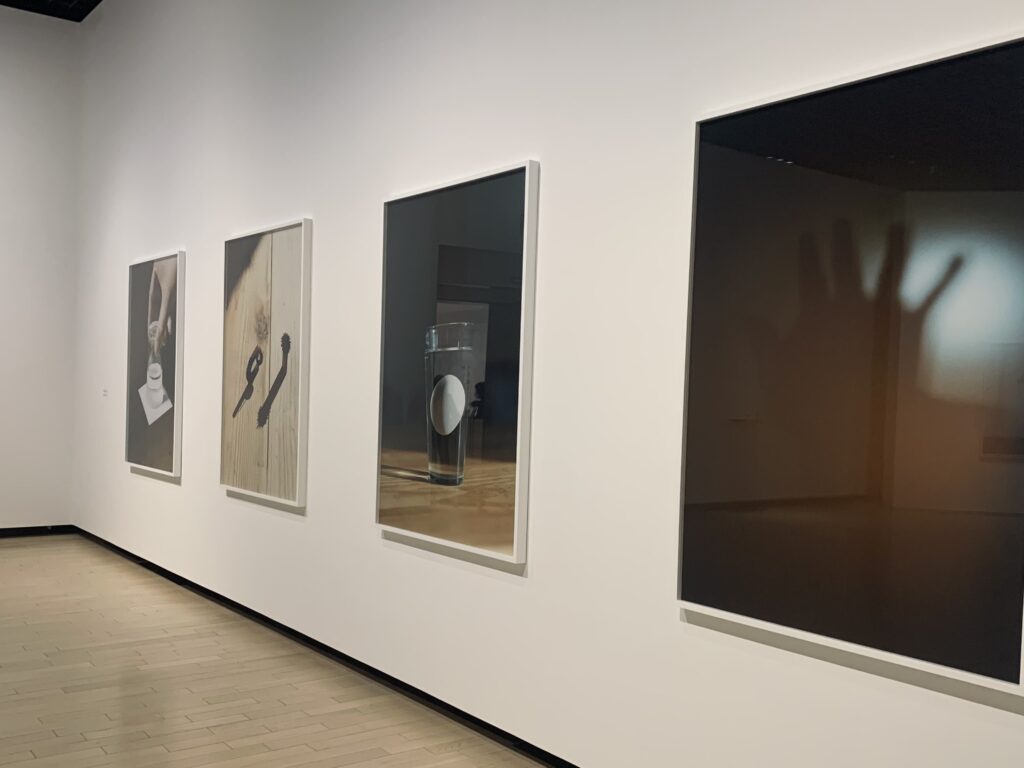 © Photo by Nadila
© Photo by NadilaA floating budworm, a growing cucumber plant, a flurry of wind attacking a palm tree. Insects, plants and the countless tiny riddles peppering our daily lives and immediate surroundings have been a recurring photography subject for contemporary photographer Noguchi Rika. The Tokyo Photographic Art Museum is assembling some of the Saitama-born artist’s photography collections.
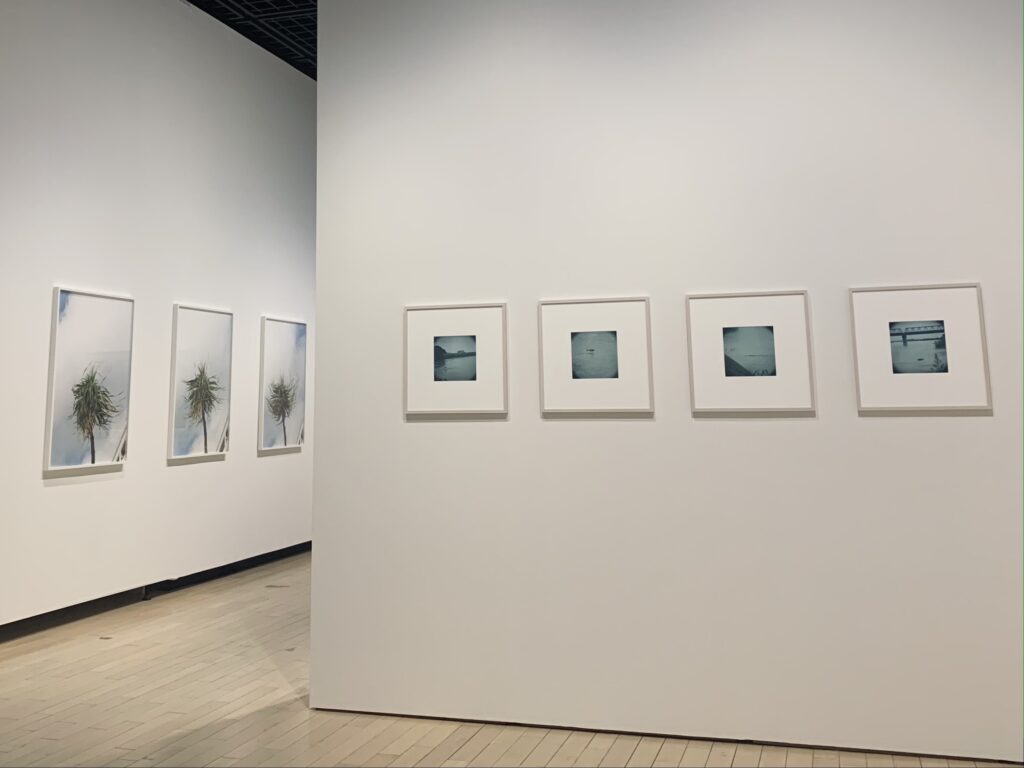 © Photo by Nadila
© Photo by NadilaOne of Noguchi’s favorite subjects to photograph are flying things. With “Carpenter Bee” Noguchi chases after a bee with her camera. The result is a series of images depicting the insect fluttering through an empty road; its small form is a speck in the whole frame but stands out ever so clearly. The exhibition features photographs of fishes jumping out of the water and flying peacocks as well—a feat that Noguchi was able to capture such rare sightings.
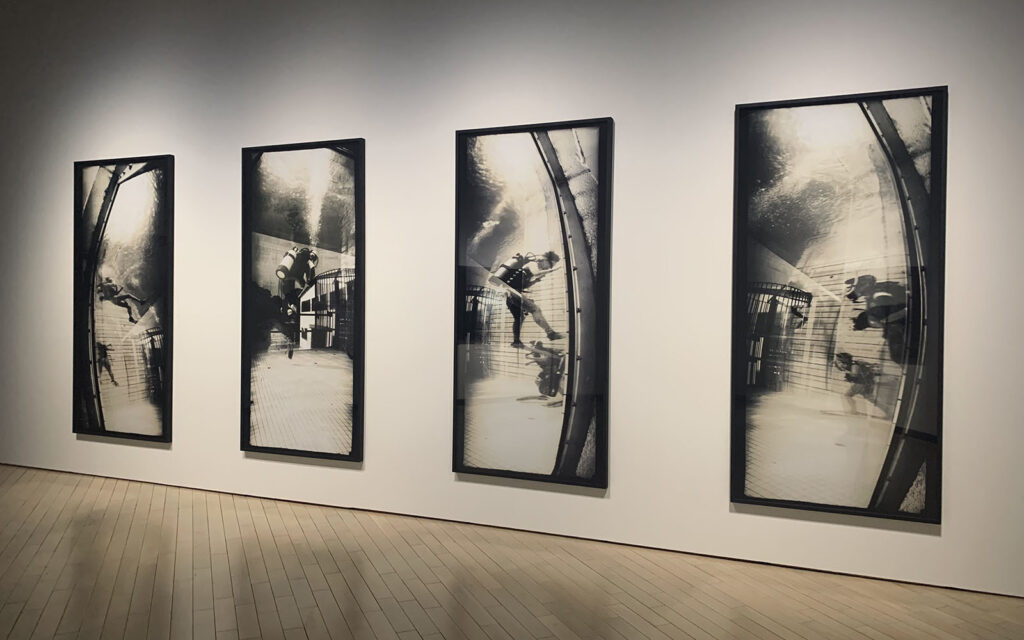 © Photo by Nadila
© Photo by NadilaAccompanying Noguchi’s latest works, the exhibit also features her father’s old film photographs—to commemorate the memory of her parents and her earlier works such as the “To Dive” series featuring photographs of divers in action and deep sea photographs. This special exhibition showcasing the diverse works of Noguchi throughout her career reveals the artist’s curiosity and drive for exploration. Untethered to a specific style, Noguchi traverses the world at her own standards.
- Date
- Now through Jan. 22 2023, closed on Dec. 29 - Jan. 1 and Jan. 4
- Time
- Daily except Mon. from 10 A.M. to 6 P.M. (until 8 P.M. on Thursdays and Fridays)
- Location
- Tokyo Photographic Art Museum, Yebisu Garden Place, 1-13-3 Mita, Meguro-ku, Tokyo - Map
- Fee
- ¥700 (Adults), ¥560 (University students), ¥350 (Over 65, high school students and below)
- Info
- 7-minute walk from Ebisu Station on the JR Yamanote Line and Tokyo Metro Hibiya Line
“Izumi Kato: Parasitic Plastic Models”
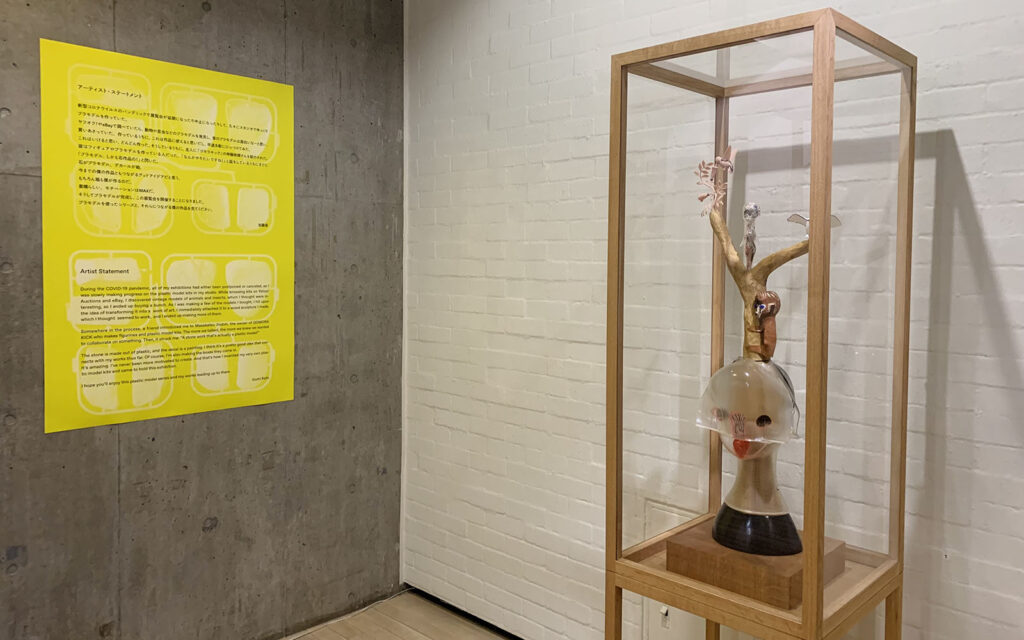 © Photo by Nadila
© Photo by NadilaIzumi Kato is a contemporary Japanese artist who graduated from Musashino Art University and has since participated in numerous domestic and international exhibitions. In recent years, he has also erected several public installations in Japan, France, Hong Kong and Mexico. During his time in isolation following the Covid-19 pandemic, Kato developed a body of work with the theme of plastic models. This concept has evolved into “Parasitic Plastic Models,” a solo exhibition in Watari-um, The Watari Museum of Contemporary Art open to the public.
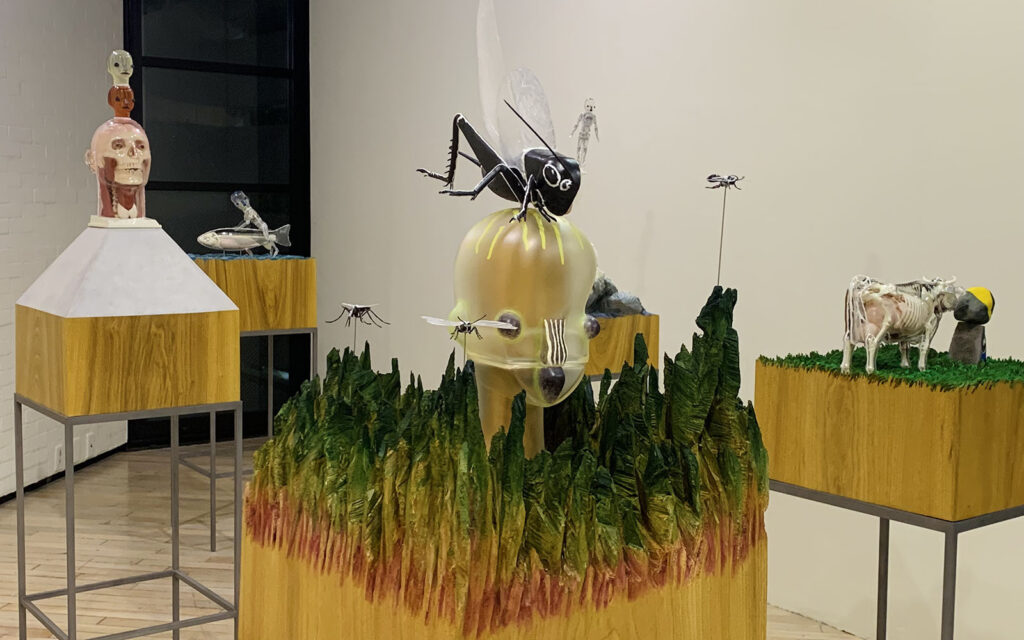 © Photo by Nadila
© Photo by NadilaKato frequently features vintage plastic models of animals in this series, combining them with the extraterrestrial-like figure that is the signature of the artist. The interaction between the realistic animal figures and Kato’s abstract and deformed character creates a contrast—like a glitch in reality.
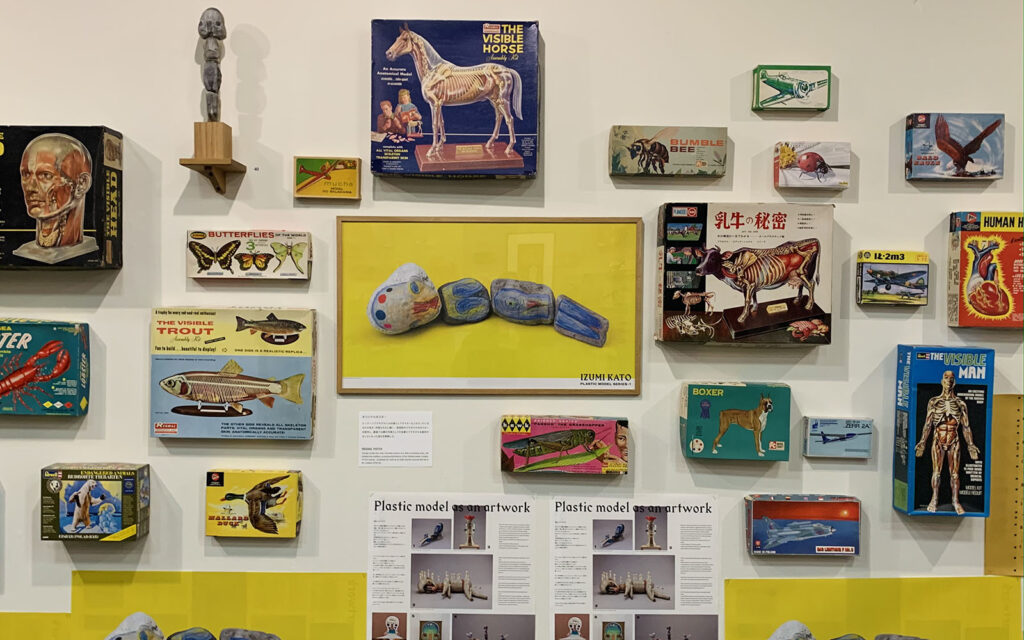 © Photo by Nadila
© Photo by NadilaKato’s relationship to the earth extends beyond the use of animal figures in his sculptures, but also in the way he uses natural materials such as wood and stones to bring his own eerie and deformed characters to life; a union between the natural offerings of the earth and Kato’s world.
- Date
- Now through Mar. 12 2023, closed on Dec. 31 - Jan. 3
- Time
- Daily except Mon. from 11 A.M. to 7 P.M.
- Location
- Watari-um, The Watari Museum of Contemporary Art, 3-7-6 Jingumae, Shibuya-ku, Tokyo - Map
- Fee
- ¥1,200 (Adults), ¥1,000 (Students, below 25)
- Info
- 7-minute walk from Gaienmae Station, 9-minute walk from Omote-sando Station, 14-minute walk from Harajuku Station
The end of the year is near. It is time for us to reflect and set goals for 2023. Meanwhile, take the time to wind down by learning new things or strolling through art galleries.














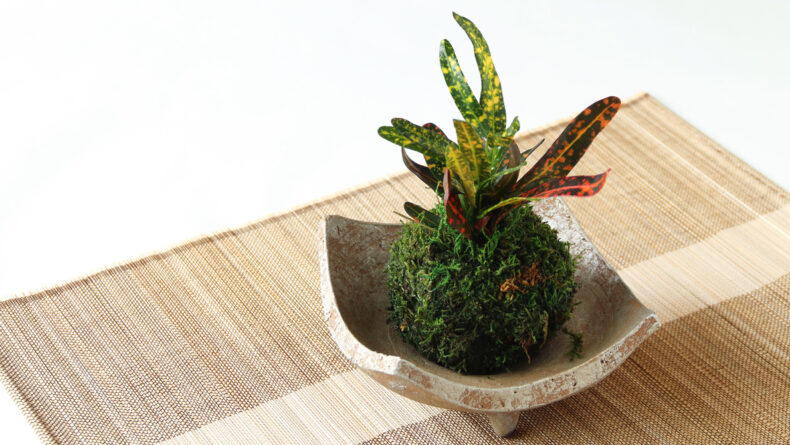

Leave a Reply